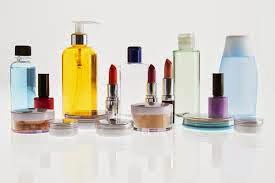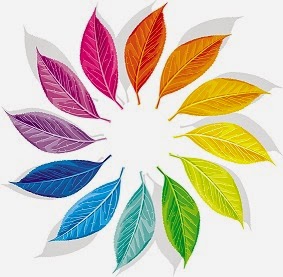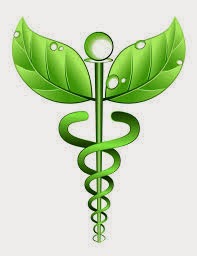You know that sensation you get when you walk into a spa and immediately you can almost feel the tension start to seep out of your body? With a few simple changes are designed to soothe your senses and help rebalance your natural energy reserves you can transform your own home into a tranquil oasis removed from the demands and stresses of everyday life. In the process, you can boost your mood, energy, and productivity to boot.
Scent
While the jury's still out on whether or not scents can be effectively used to treat medical conditions,
such as high blood pressure or arthritis, numerous studies now suggest that aromas can have a powerful, almost primitive influence on our mood. That makes sense, given the fact that the olfactory system is directly linked to the part of the brain that has to do with emotion, memory, sexual behavior, and other primal activities, says Pamela Dalton, Ph.D., a cognitive psychologist who studies responses to environmental odors at Monell Chemical Senses Center in Philadelphia. One such study, done at the Memorial Sloan-Kettering Cancer Center in New York, found that exposure to a vanillalike scent significantly reduced anxiety in patients who were undergoing magnetic resonance imaging (MRI) scans. Other research has shown that sniffing lavender can have a calming effect while whiffs of lemon can improve one's mood.
Color
Much of the research on the relationship between color and mood is inconclusive, and because individual preferences can vary, it's difficult to make universal statements about which colors can trigger certain emotions (the same shade of orange, for example, may be calming to one person and energizing to another). That said, researchers agree that certain hues can evoke similar responses in most people. For instance, red is generally seen to be more stimulating, while greens and blues are perceived as more tranquil.
Light
Doctors agree that there is a strong link between mood and adequate exposure to natural light during the day. Seasonal affective disorder (SAD), a condition in which depression or other mood changes occur along with the change of seasons - most commonly from fall to winter - is a good example of how decreased daylight can affect mood in some susceptible individuals.
Sound
There is no question that certain sounds (such as screeching tires or screaming sirens) can make you feel tense and fearful, while other sounds, say, a babbling brook, can impart a sense of tranquillity and peace. "Studies have shown that calming sounds can have an emotional and physiological effect, slowing breathing and possibly even helping to promote healing," says Maoshing Ni, Ph.D., author of the book Secrets of Self-Healing and a doctor of Chinese medicine at the Tao of Wellness in Santa Monica.
Nature
Many of us work in buildings where we are surrounded by artificial materials, so as an antidote, our homes should contain as many natural materials as possible, says Barbara Crisp, a professor at the University of Arizona's School of Medicine who specializes in health-care environments and their effects on mood. "As the world becomes more dehumanized, we need more nature in our lives to help us get in touch with our emotions," Crisp notes.
Preliminary findings in this field have been intriguing. One study at Texas A&M, for instance, found that patients who could see a bit of nature and the outside needed less pain medication and experienced shorter hospital stays than those who looked out onto a brick wall. Another study by researchers at the University of Michigan found that viewing nature could lower blood pressure and reduce muscle tension.
Feng Shui
Feng shui, the Chinese art of arranging objects such as furniture to optimize health, wealth, and personal relationships, is not an established science. But even researchers who put fact before theory agree that the ancient practice is steeped in some commonsense-based ideas.
One important principle is to cut down on clutter by keeping things put away and organized. In Chinese medicine, it is believed that illness can occur when the flow of the body's energy, called chi, is blocked or unbalanced by factors such as emotional upsets or viruses. Similarly, notes Dr. Mao, any object that blocks the natural flow in one's living space can create obstacles and sap your energy: "These are influences that we may not pay attention to, but they can have profound, subliminal effects on our mental and emotional well-being."
Practically, this means you should think about transforming your bedroom into the peaceful, restful retreat you have always wanted it to be. The solution may be as simple as moving objects related to stimulation and work energy, such as the TV or computer, into a different room. If that is not possible, think about creating a boundary between different "energy" areas using fabric or other light material that won't impact light and air flow.
Researchers do not yet know why certain odors seem to trigger specific responses. According to Dr. Dalton, "We may experience lavender as calming because we've been conditioned to associate the scent with relaxation, rather than because some component of lavender itself is soothing." One thing is for certain: Filling your home with your favorite scents is an effective way to boost your bliss.
<3 Rea











